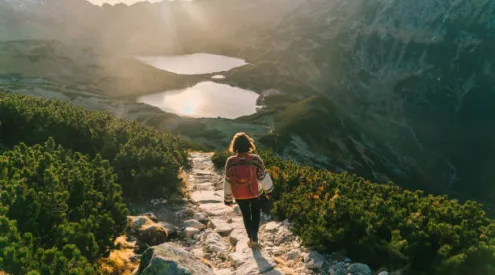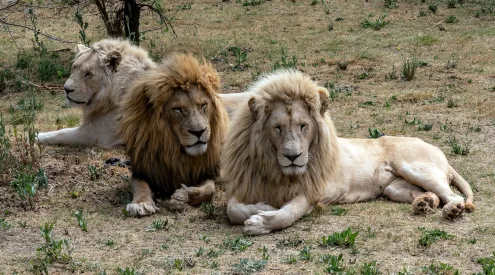As part of the Naturally Knysna campaign Sue Swain from Bio-wise conducted a workshop, elaborating on the principles of biomimicry, to promote responsible tourism practises in Knysna.
What is Biomimicry?
According to the Institute of Biomimicry it’s “learning from and then emulating natural forms, processes, and ecosystems to create more sustainable and healthier human technologies and designs.”
As a precursor, Swain presented a concise overview of what constitutes a healthy planet and what is currently contributing to the destruction thereof.
When you consider that the earth is a closed system and resources can neither be imported nor exported it stands to reason that we cannot afford to exhaust what we have.
Take water for example. The earth is made up of 70% water:
- 97% is salt water
- 2% is frozen in ice caps and glaciers
- Of the remaining
- 1% fresh water
- ? is underground
- ? is available in rivers, lakes etc
Companies across all sectors of industry, around the world, continue to poison and pollute streams and rivers with no regard to the consequences.
A phenomenon, known as the Great Pacific Garbage Patch, is a miasma of plastic debris, chemical sludge and marine litter trapped by ocean currents in the central North Pacific Ocean. While there isn’t consensus as to the actual size and density of the patch there have been reports that say it could be as big as the USA.
Does this not demand a clarion call to action? Or is it perhaps the death knell that is conveniently ignored?
Whichever way you look at it, Albert Einstein summed it up when he said, “We cannot solve the significant problems we are facing with the same level of thinking that created it.”
What we need to survive
Swain went on to add that for us to survive we need; fresh air to breathe, clean water to drink and healthy food to eat. For all life to survive we need to understand that there are limits as to how far we can go and to respect those limits by not:
- Depleting the earth’s resources
- Polluting the air
- Cutting down earth’s “lungs”
- Poisoning the rivers
Below is an excerpt from President Zuma’s talk at the Green Economy Summit 2010, held at the Sandton Convention Centre in Johannesburg.
“South Africa needs to develop strong capacity in green technologies and industries. Through our actions, we need to respond to the notion that there is a trade-off to be made between faster economic growth and the preservation of our environment. We must be able to prove that faster economic growth can be achieved alongside the sustainable management of our natural resources. We have no choice but to be eco-friendly, no choice but to develop a green economy.”
So how does this equate to Knysna?
Sue Swain has teamed up with Knysna Tourism and Knysna Municipality in a collaborative effort to be the first town to intentionally implement nature’s principles while simultaneously conducting business and using technology with minimal damage to the environment.
By emulating the laws of nature within a forest, Sue has created a model for Knysna where natural prosperity is achievable without obscene wealth; a place where everyone is employed and fulfilling a niche. With emphasis on Small, Medium and Micro Enterprises (SMME) within the tourism industry in Knysna there is sterling opportunity to showcase, to the world, the green economy Zuma is referring to.
The following key implementation:
Adaptability and Resilience
The earth is dynamic, nothing stays the same and one needs to have the ability to adapt to change if one is to survive in the long term
Efficiency
Efficiency is key. The need for energy is going to increase and become more expensive. Poorly designed homes, offices and buildings are a contributor to poor energy efficiency.
Be benign
It’s not about saying no to manufacturing but the impact must be benign.
Diversity
Diversity is nature’s insurance policy.
Waste
Waste has value. Re-using, Repairing, Restoring or Recycling is a move towards
considered consumption.
The following are some of the questions that Knysna will need to ask as they
commence marketing themselves as a nature-inspired town:
- Are we responsive to change?
- Are we focusing on improving and diversifying our businesses or mainly growing them?
- Are we being as efficient as we can?
- Do we use the least amount of: water, energy, time, product
A fundamental shift as to how one conducts business and manages resources is a prerequisite if Knysna is to strive toward a steady state economy. Meaningful development is encouraged with a focus on getting better, not necessarily bigger. And keeping it local contributes to sustainability where the benefit is long term prosperity for all.
Useful links:
Knysna Tourism
Institute of Biomimicry:


















